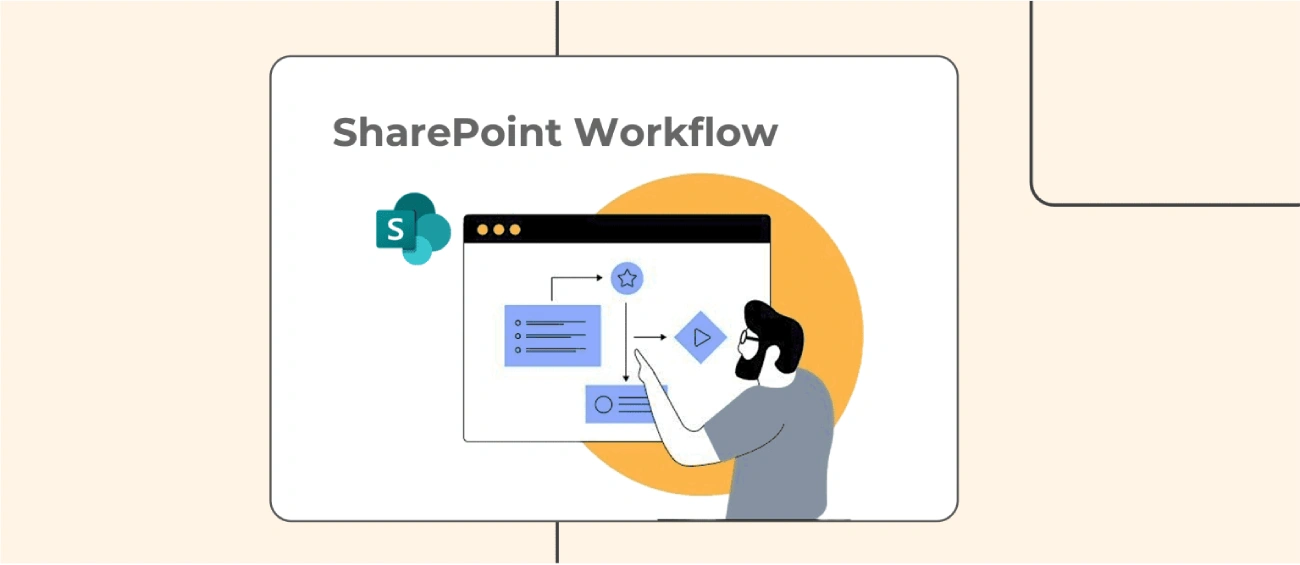Content marketing is one of the most important tools businesses use to connect with their audience. Whether you're providing Creative Services, offering B2B web development services, or specializing in eCommerce Website Design and Development, creating engaging and valuable content is key to building relationships with your target market. By crafting content that resonates with your audience’s interests and needs, you can drive consistent engagement and conversion. The core of any successful content marketing strategy is understanding your audience and delivering content that educates, entertains, and informs.
Key Elements of a Successful Content Marketing Strategy
A successful content marketing strategy is built on a few essential elements that work together to create meaningful and lasting connections with your audience. It’s not just about producing content—it's about producing the right kind of content, in the right way, and at the right time. By focusing on the following key elements, businesses can ensure that their content efforts are effective, aligned with their goals, and resonate with their target audience.
Understanding your audience, defining clear objectives, setting a realistic content plan, and being adaptable to changes are all vital components. These elements serve as the foundation upon which your entire content marketing strategy can thrive. Let’s explore these crucial building blocks, starting with the foundation of your strategy.
1. The Foundation of a Strong Content Marketing Strategy
A strong content marketing strategy serves as the backbone of your digital presence. Whether you focus on B2B Corporate Website Design Services or eCommerce SEO, a well-structured plan ensures that your content aligns with business goals and resonates with your audience. The foundation of a content strategy includes understanding your target audience, defining clear objectives, and establishing a content calendar to keep your efforts on track. By staying organized and intentional with your approach, you can maximize your content's effectiveness.
2. The Role of Evergreen Content in Your Strategy
One of the most powerful assets in any content marketing strategy is evergreen content. Evergreen content refers to content that remains relevant over time, regardless of trends. It could be guides, FAQs, or tutorials that continue to provide value long after they are published. For example, a well-written piece on eCommerce SEO can continue driving traffic to your website for years. By producing evergreen content, businesses create a long-lasting resource that keeps delivering, offering sustained traffic, engagement, and conversions.
3. Crafting Quality Content: The Balance of Original and Curated
Content creation is not just about writing a blog post and publishing it. It involves a thoughtful mix of original content and curated content. Original content is unique to your brand and showcases your expertise, while curated content aggregates information from other reputable sources to offer additional value to your audience. A good balance between the two ensures that you not only provide new and unique insights but also bring in diverse perspectives that enrich your audience’s experience. Creative campaign development plays a key role in ensuring that both original and curated content align with your brand’s message and engage your audience effectively.
4. The Power of Engaging Headlines
A headline is often the first (and sometimes the only) thing your audience sees, making it a crucial element of your content. Engaging and well-crafted headlines have the power to increase click-through rates and draw in readers. For instance, an article on digital brand strategy services should have a headline that promises value and piques curiosity. Whether you’re creating blogs, videos, or social media posts, a compelling headline ensures that your content stands out in the crowded digital landscape.
5. Understanding and Growing Your Audience
Knowing who your audience is and what they care about is fundamental to content marketing. Whether you're creating content for B2C Brand Website Design Services or any other service, understanding your audience’s behaviors, challenges, and preferences will help you craft content that truly speaks to them. Market research, surveys, and analytics are excellent ways to gather insights into your audience's needs. Tailoring your content to those insights builds trust and drives deeper engagement with your brand.
6. Leveraging Social Media for Deeper Engagement
Social media platforms are one of the most powerful tools to amplify your content and engage with your audience. Platforms like LinkedIn, Twitter, Facebook, and Instagram allow you to promote your content, interact with followers, and foster meaningful conversations. By utilizing LinkedIn Marketing, businesses can expand their reach and target professionals in the industry, establishing themselves as thought leaders. Engaging with your audience on social media not only helps you reach a wider audience but also deepens the connection with your current followers.
7. The Role of SEO in Content Marketing
SEO (Search Engine Optimization) is the driving force behind making sure your content is discoverable. Without SEO tools, even the most informative content can be buried in the depths of search engine results. By optimizing your content with relevant keywords, meta descriptions, and optimized titles, you ensure that search engines recognize your content and rank it higher. Partnering with a B2B SEO agency can help refine these strategies, ensuring you create content that resonates with your target audience. Tools like Google Analytics, SEMrush, or Moz can help you identify keywords and search trends that are important to your audience, allowing you to create content that meets their needs and is visible when they search for solutions.
Understanding how website traffic analysis improves SEO is crucial, as it helps you make data-driven decisions that refine your strategy, increase rankings, and drive more targeted traffic to your site.
8. Repurposing Content for Maximum Impact
Repurposing content is one of the most efficient ways to maximize the value of your existing assets. Instead of creating new content from scratch, you can take a well-performing blog post or article on topics like eCommerce SEO and transform it into multiple formats, such as infographics, social media posts, videos, or even email newsletters. For instance, an oil and gas advertising agency can repurpose case studies and industry insights to engage various audience segments. Repurposing allows you to reach different audience segments on different platforms while keeping your content fresh and engaging. This technique not only saves time but also ensures that your valuable content is reused and stays in the spotlight.
9. Tracking Progress and Adapting Your Strategy
To ensure your content marketing efforts are effective, it’s important to measure their performance regularly. Using Performance Marketing services metrics, such as click-through rates, conversions, and engagement, will provide insights into how well your content is resonating with your audience. By tracking these metrics, you can determine what content performs best and adjust your strategy accordingly. Continuous analysis helps refine your approach and ensures that you’re getting the best possible results.
10. Optimizing Content for Mobile Devices
In today’s digital age, ensuring that your content is mobile-friendly is essential. With an increasing number of users browsing the web through smartphones and tablets, optimizing your content for mobile devices will help you reach a larger audience. This includes ensuring that your website, blog posts, videos, and other content types load quickly and are easy to navigate on smaller screens. Partnering with an enterprise SEO company can help ensure that your site is fully optimized for mobile, improving user experience and boosting your SEO rankings, as search engines like Google prioritize mobile-friendly sites in their results. Additionally, leveraging a digital marketing service can help you implement strategies that cater to mobile users, ensuring a seamless experience across all devices.
Conclusion: The Path to Long-Term Content Marketing Success
Content marketing is an ongoing process that requires consistency, creativity, and adaptability. By focusing on creating high-quality content and using strategies like SharePoint Consulting, businesses can achieve sustained success.
Evergreen content, SEO, and social media promotion are all key elements that ensure your content remains relevant and reaches the right audience. By continually tracking and refining your content strategy, you will be well on your way to building a successful content marketing plan that stands the test of time.









